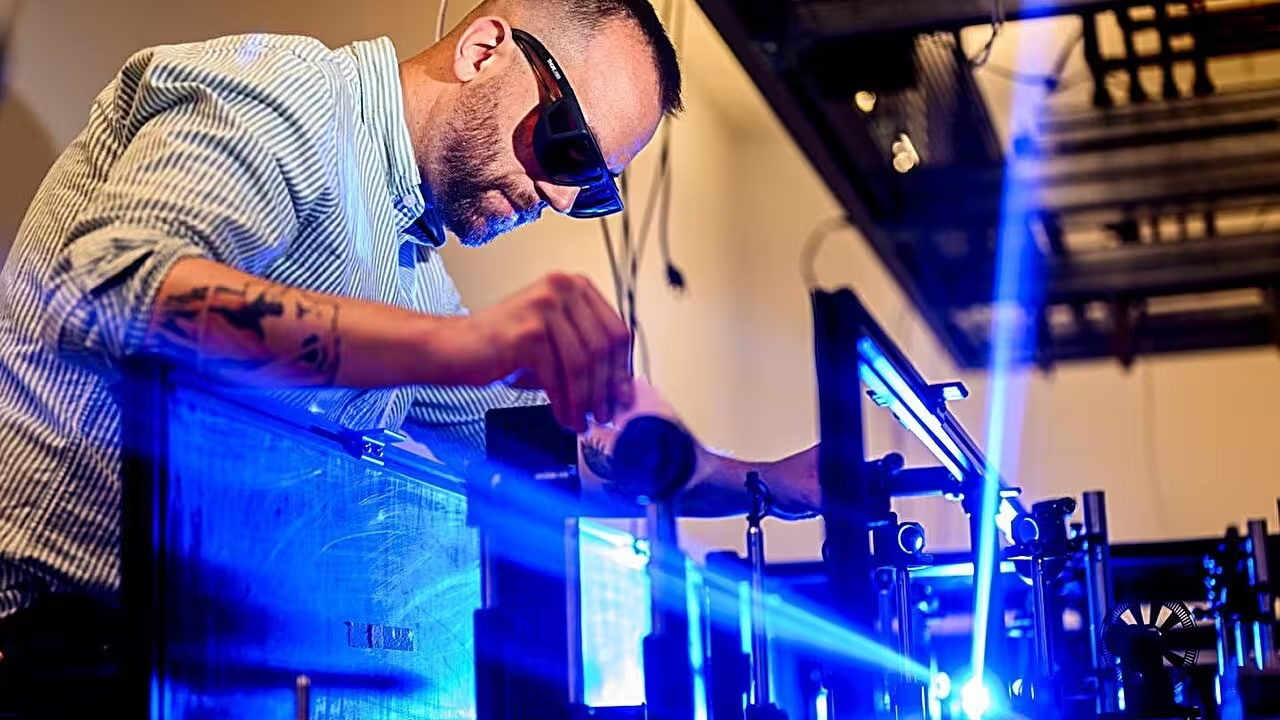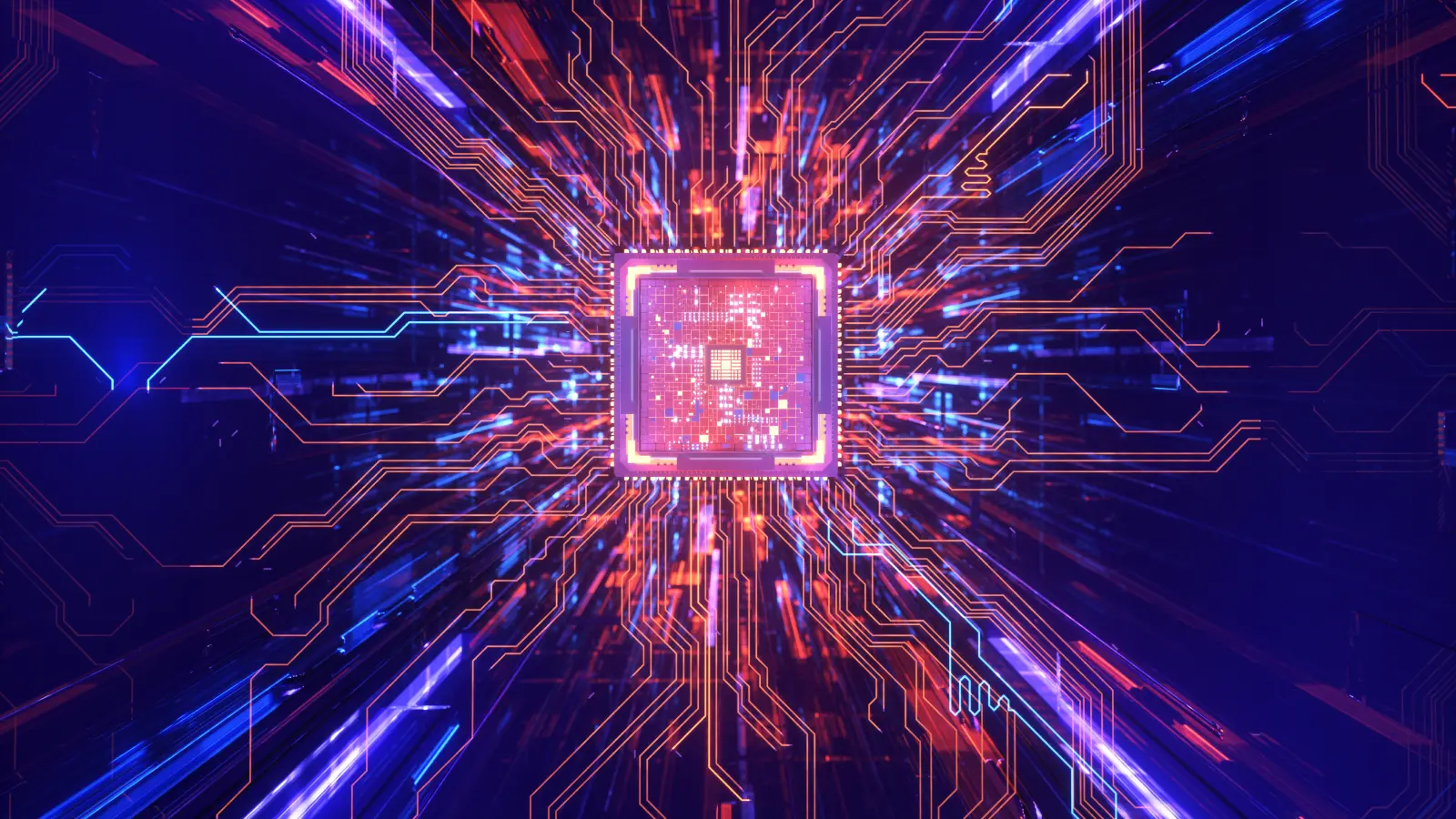6 Minutes
New machine-learning design stabilizes wireless power transfer
Scientists in Japan have introduced a machine-learning–based method for designing wireless power transfer (WPT) systems that keeps output voltage stable even as the electrical load changes. Published in June 2025 in IEEE Transactions on Circuits and Systems, the study describes a design process that produces load-independent (LI) WPT systems — hardware that sustains high transfer efficiency and minimal voltage fluctuation regardless of the device being powered. This advance addresses a central limitation of current wireless charging and resonant power systems and could accelerate broader adoption across consumer electronics, medical sensors, electric vehicles, and industrial applications.
Scientific background: resonance, loads, and why stability matters
How resonant wireless power transfer works
WPT systems typically use resonant inductive coupling: a transmitter alternates energy between a capacitor and an inductor to generate an electromagnetic wave at a target frequency. A receiver tuned to the same frequency resonates with that wave, allowing efficient energy capture. The principle is similar to how a radio or television selects and amplifies a particular broadcast frequency.
The problem of load dependence
Most practical WPT systems are load-dependent: their performance — delivered voltage and transfer efficiency — shifts as the electrical characteristics of the receiver change. Charging a battery is a clear example: a battery’s internal resistance varies during charging, which can drive voltage swings in a load-dependent WPT system. Large batteries for electric vehicles or variable biomedical implants can cause even larger load changes. Voltage fluctuations risk device damage, slower charging, and inefficient energy use.
Machine learning applied to circuit and system design
The new technique builds a virtual model of a WPT system and uses artificial intelligence to run repeated simulations. The AI evaluates performance metrics such as energy lost as heat, stability of the output waveform, and overall transfer efficiency. Through iterative trial-and-error optimization, the algorithm identifies component values, control parameters, and operating conditions that minimize voltage variation and energy dissipation while maximizing efficiency.
According to the paper, the ML-optimized LI system reduced voltage fluctuations to about 5% versus 18% in comparable load-dependent designs. Transfer efficiency rose to 86.7% under the optimized configuration, compared with systems that can drop to roughly 65% efficiency when subjected to variable loading.

Key discoveries and practical implications
The principal discovery is that automated, data-driven optimization can produce WPT hardware and control strategies that are inherently less sensitive to load changes. Lead author Hiroo Sekiya of Chiba University's Graduate School of Advanced Integration Science emphasized the practical goals: 'We are confident that the results of this research are a significant step toward a fully wireless society. Moreover, due to LI operation, the WPT system can be constructed in a simple manner, thereby reducing the cost and size. Our goal is to make WPT commonplace within the next 5 to 10 years.'
Load-independent WPT could simplify system design for wireless charging stations, reduce the need for complex active regulation in receivers, and make wireless energy delivery more reliable for critical applications such as implanted medical devices and electric-vehicle charging where loads vary widely.
Related technologies and the role of AI in power electronics
This work illustrates a larger trend: applying machine learning to optimize circuits and power-electronic systems. AI-driven circuit synthesis and parameter tuning can reduce design time, discover nonintuitive solutions, and move the field toward automated circuit design. Integration with adaptive control, digital twins, and real-time sensing could further improve performance and safety in deployed WPT networks.
Expert Insight
Dr. Maya Patel, a fictional power-electronics systems engineer who has worked on spacecraft power subsystems, comments: 'Achieving load independence in resonant wireless power is a meaningful milestone. For space and terrestrial applications alike, the fewer assumptions designers must make about the load, the more robust and flexible the system becomes. Machine-learning optimization can uncover operating points and control laws that human designers may overlook, which is essential when you need both efficiency and reliability.'
Future prospects and challenges
Before LI WPT becomes widespread, several technical and regulatory issues remain. Scaling the approach to longer ranges and higher power levels — such as those needed for vehicle or drone charging — raises thermal management and electromagnetic compatibility concerns. Safety limits on human exposure to electromagnetic fields, standards for interoperability among transmitters and receivers, and manufacturing cost reductions will also influence adoption. Nevertheless, the reported efficiency gains and reduced voltage variability suggest that ML-driven design can make wireless charging safer, smaller, and more cost-effective.
Conclusion
The machine-learning method developed by Japanese researchers produces load-independent wireless power systems that substantially reduce voltage fluctuations and raise transfer efficiency. By combining resonant transfer principles with AI-driven optimization, the work points toward more robust, compact, and affordable wireless charging across consumer electronics, electric vehicles, and medical devices. As AI-guided circuit design matures, automated tools could accelerate the transition to a more wireless and efficient energy ecosystem.
Source: livescience


Leave a Comment